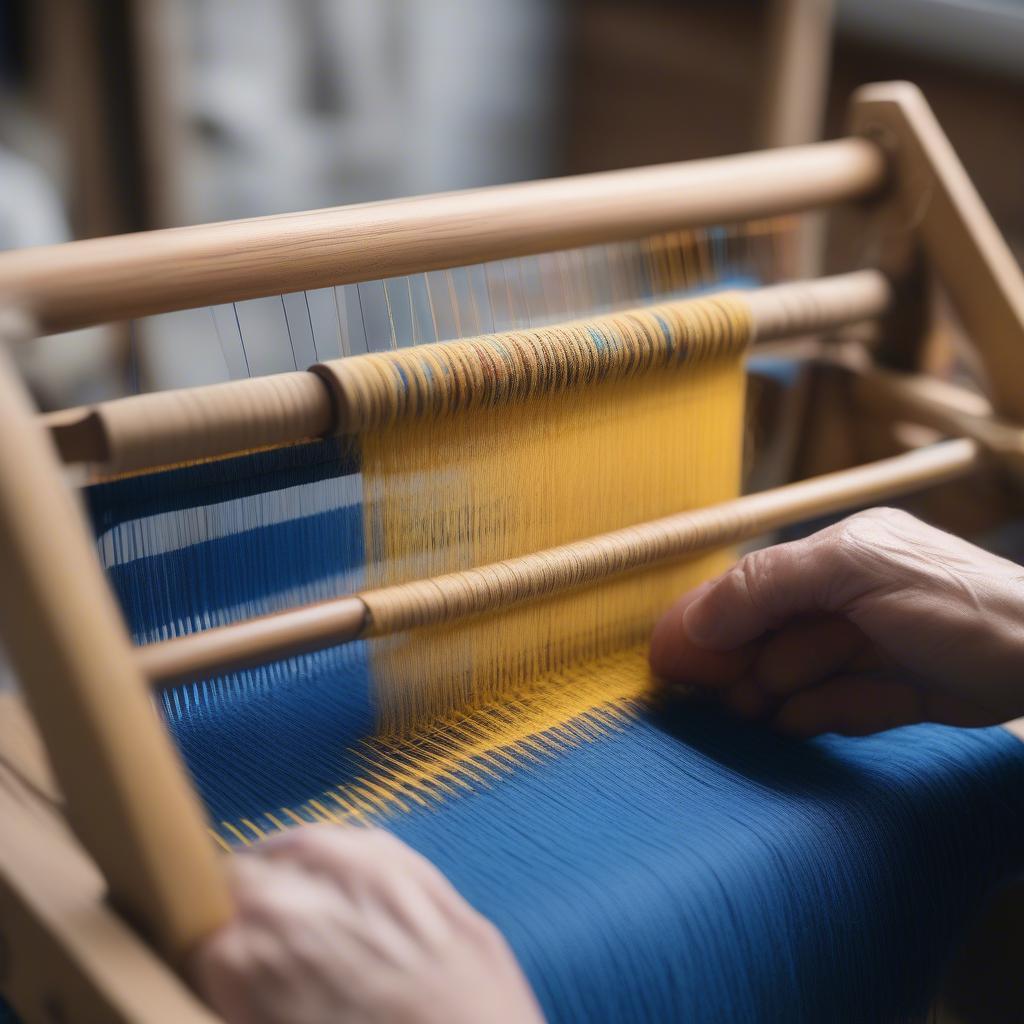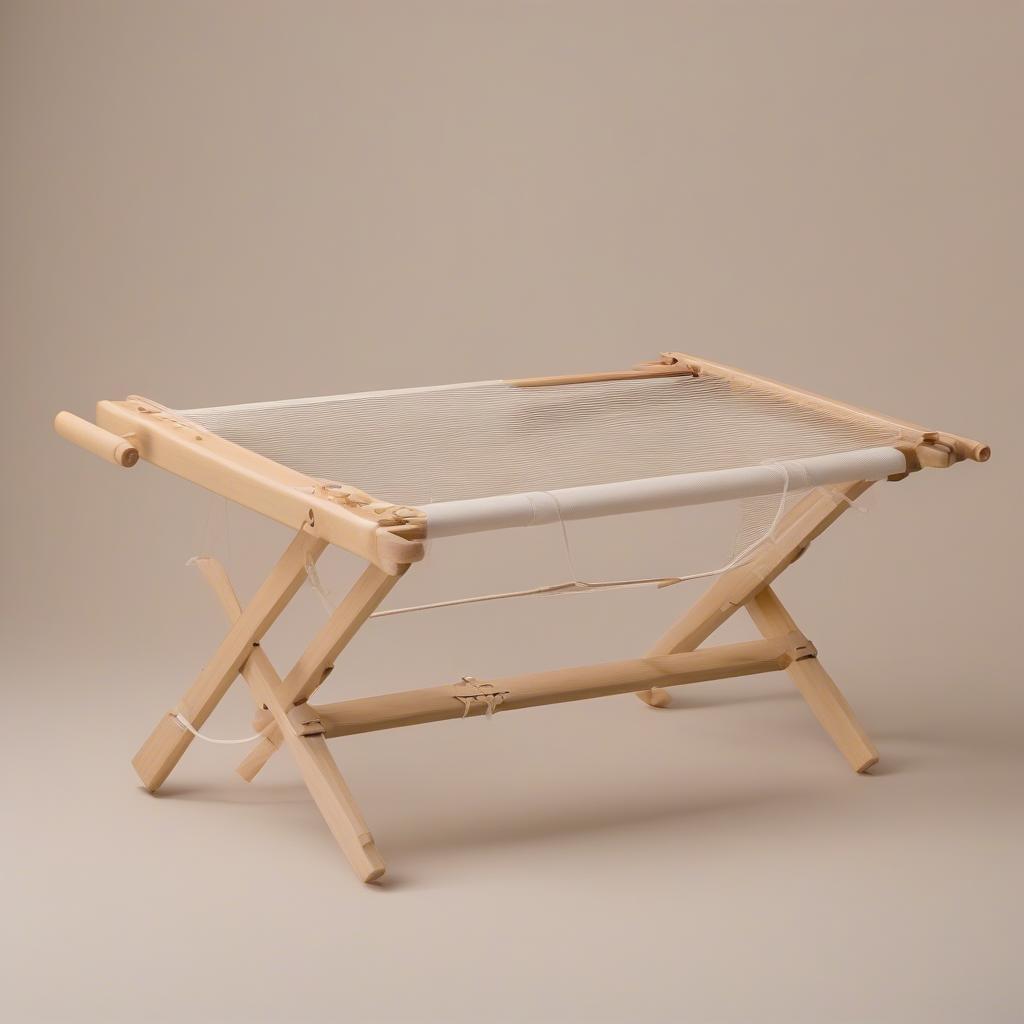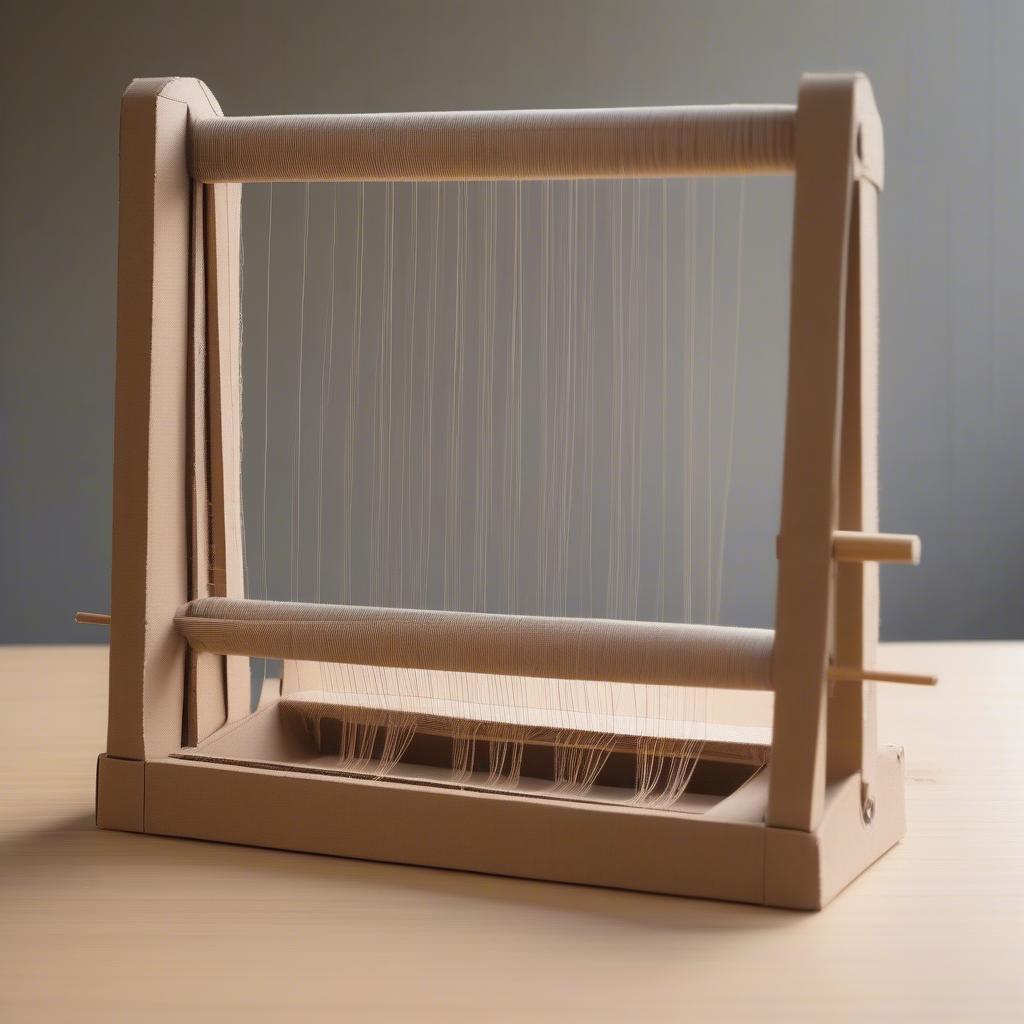Weave Table
Finding the Best Table Weaving Loom for Your Needs
Choosing the Best Table Weaving Loom can feel overwhelming with so many options available. Whether you’re a seasoned weaver or just starting your weaving journey, finding the right loom is crucial for a successful and enjoyable experience. This article will guide you through everything you need to know to select the perfect table weaving loom, from understanding different types to considering essential features.
Understanding Different Types of Table Weaving Looms
Several types of table weaving looms cater to various weaving styles and skill levels. Rigid heddle looms are excellent for beginners, offering simplicity and portability. These looms use a heddle to lift and lower threads, creating sheds for the weft yarn. More advanced weavers might prefer multi-shaft table looms, allowing for complex patterns and intricate designs. These looms use multiple shafts to control individual threads, offering greater flexibility.  Rigid Heddle Table Loom in Use
Rigid Heddle Table Loom in Use
For smaller projects or those interested in a more traditional approach, card weaving looms or tablet weaving looms are a great choice. These looms use cards or tablets with holes to create the sheds, allowing for intricate band weaving. weaving on a table loom can be a relaxing and rewarding experience regardless of the loom type.
Key Features to Consider When Choosing a Best Table Weaving Loom
When selecting the best table weaving loom, consider several key features. The loom’s size and weaving width are crucial, determining the size of projects you can create. Portability is important if you plan to weave on the go or have limited space.  Portable Folding Table Loom
Portable Folding Table Loom
The loom’s material also affects its durability and overall feel. Wood looms offer a classic and sturdy option, while metal looms provide lightweight and robust construction. Finally, consider the ease of warping and weaving on the loom. A user-friendly loom with clear instructions can make a significant difference in your weaving experience.
What Size Table Loom Do I Need?
The size of your table loom depends on the type of projects you intend to weave. Smaller looms are perfect for scarves, placemats, and smaller tapestries, while larger looms are necessary for wider projects like blankets or rugs. Consider your weaving goals and choose a loom size that accommodates your aspirations. weaving on a 4 shaft table loom offers more design possibilities than a smaller rigid heddle loom.
Material Matters: Wood vs. Metal Looms
Both wood and metal looms have their advantages. Wood looms offer a traditional aesthetic and a warm feel, while metal looms are often more lightweight and durable. Consider your personal preference and the loom’s intended use when deciding between these materials.
“A well-made loom, whether wood or metal, should feel sturdy and stable during weaving,” says renowned weaving instructor, Sarah Miller. “The material should not interfere with the smooth movement of the warp and weft threads.”
Weaving on a Budget: Finding Affordable Options
Finding the best table weaving loom doesn’t necessarily mean breaking the bank. Many affordable options cater to beginners and experienced weavers alike. Look for used looms or consider building your own loom for a truly unique and cost-effective solution. weaving a table runner is a great beginner project that doesn’t require a large or expensive loom.
DIY Table Looms: A Creative and Affordable Solution
Building your own table loom can be a rewarding experience. Numerous online resources and tutorials guide you through the process, allowing you to customize your loom to your specific needs and preferences.  DIY Table Loom Made from Cardboard This is also a fantastic way to learn about the mechanics of a loom and deepen your understanding of the weaving process.
DIY Table Loom Made from Cardboard This is also a fantastic way to learn about the mechanics of a loom and deepen your understanding of the weaving process.
Conclusion
Finding the best table weaving loom requires careful consideration of your weaving goals, budget, and preferences. By understanding the different types of looms, key features, and available resources, you can confidently choose the perfect loom to embark on your weaving adventures. Remember to consider the loom’s size, portability, material, and ease of use. table weaving peg loom can be a great starting point for exploring different weaving techniques. Now that you’re equipped with this knowledge, go forth and weave!
“The most important thing is to choose a loom that inspires you and makes you excited to weave,” adds Sarah Miller. “The right loom will become your trusted companion on your creative journey.”
FAQ
- What is the easiest type of table loom to learn on?
- What is the average cost of a table weaving loom?
- Where can I find weaving patterns for my table loom?
- What materials do I need to start weaving on a table loom?
- How do I maintain and care for my table loom?
- What are some common mistakes to avoid when table weaving?
- weaving pattern for a table runner Where can I find project ideas for table weaving?
When you need assistance, please contact our Hotline: +84 388 951 999, address: Hanoi, Vietnam or Tech Avenue, Suite 12, San Francisco, CA 94105, USA. We have a 24/7 customer service team.
